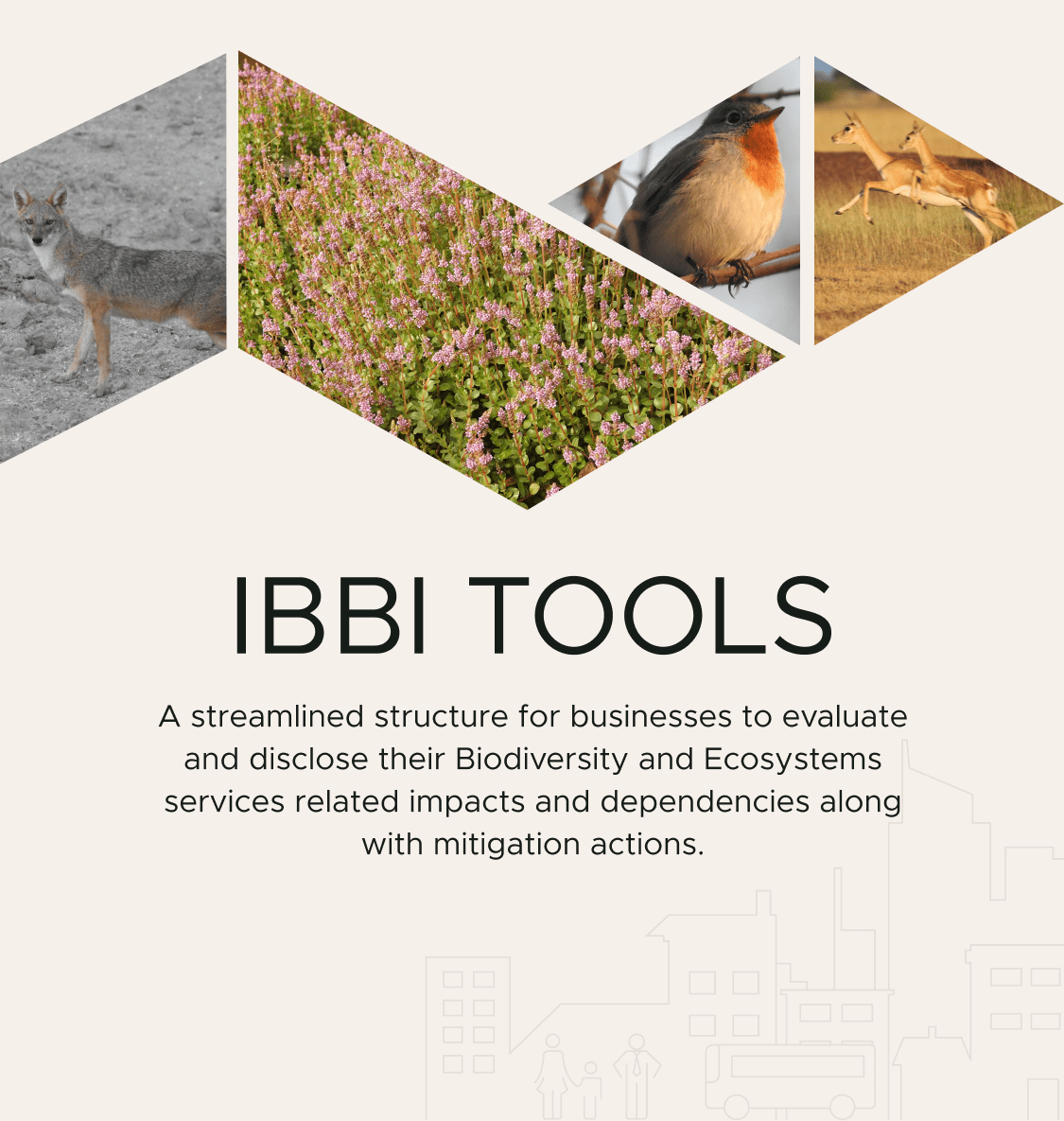



Mapping and description of habitats and terrestrial ecosystems within the project boundary and study area.
General description of aquatic ecosystems in the study area including the source of water for the project.
To assess the presence of protected areas, wildlife corridors, and other effective area-based conservation measures (OECMs) in the study area, if any based on IBAT, DOPA, and Protected Areas database
Identification of flora and fauna along with rare, endemic, and endangered species; nationally, regionally, or locally significant species and communities present in the study area as per Wildlife Act, 1972 schedules
To ascertain the migratory routes of fauna, the presence of breeding grounds, and sensitive habitats in the study area.
Mapping non-native or invasive species in operation
Ecosystem Service Matrix (ESM) Tool
Businesses not only affect ecosystem services but also rely upon them. The level of impacts and dependencies of a business vary from project to project and on the project modality. Identification of ecosystems in and around project location and analysis of varied ecosystem services provided by them to operational locations of a business is critical to their management for long term benefits.
The Ecosystem Service Matrix (ESM) methodology is a risk-based approach, where different ecosystem services (materials to general services) across its value chain will be mapped along with relevance as per cost to company to identify major interventions (based ISO 31000 principles).



The level of dependencies, impacts and management measures initiated for management of ecosystem services are analysed based on the scale given in table.